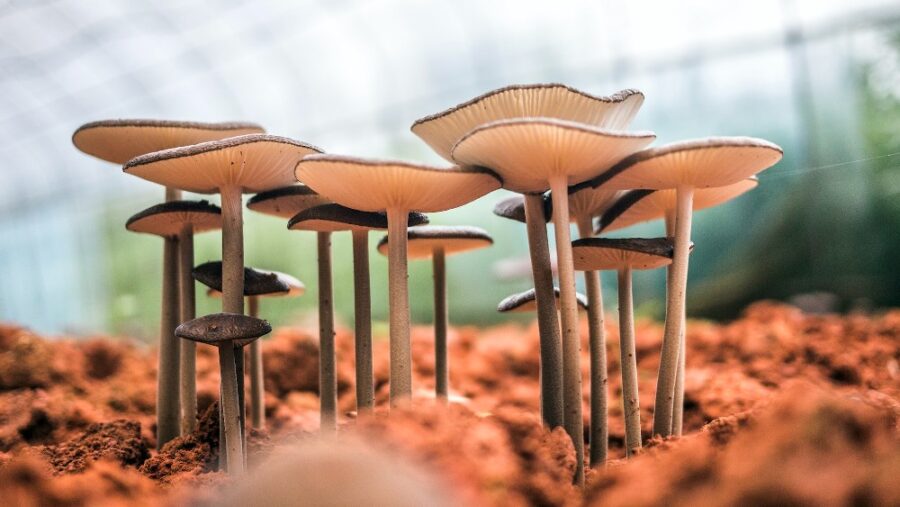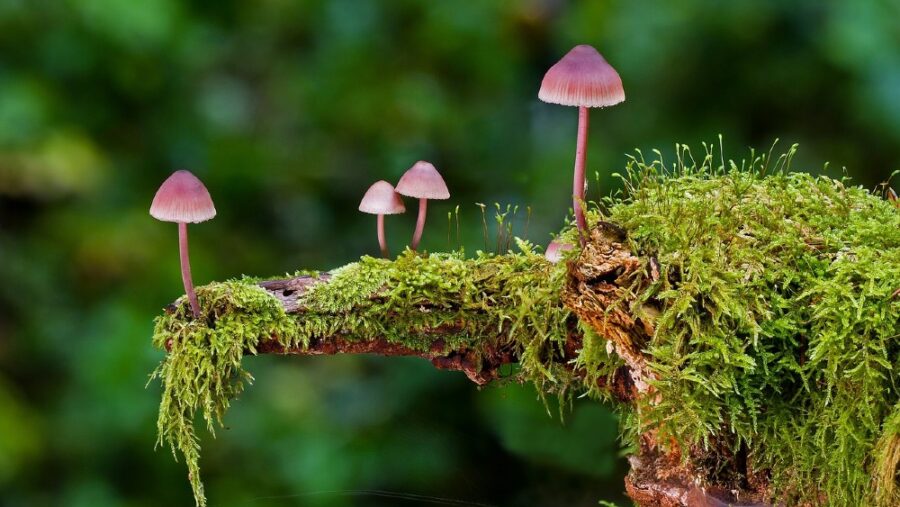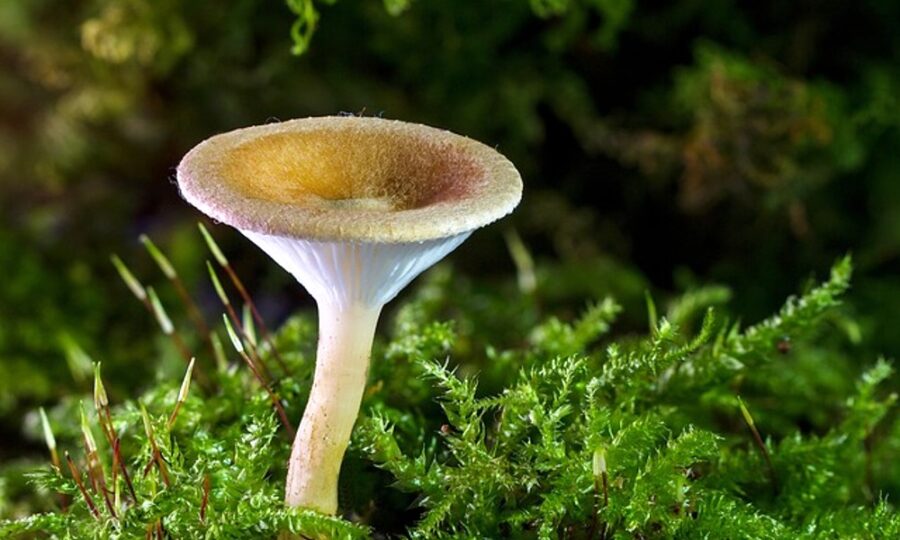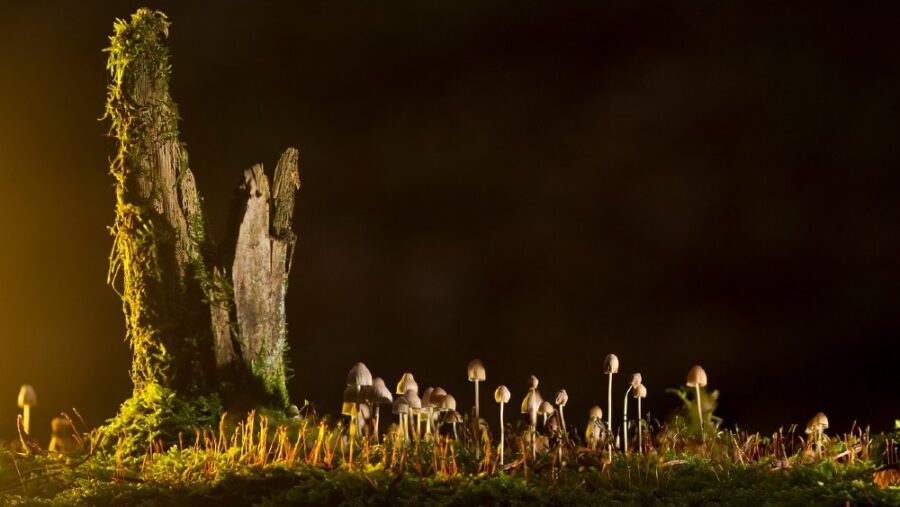Plant Fungus Discovered Evolving In Surprising Leap

Life in the wild is a dynamic progression of adaptation and survival, though it’s not often that we get to see the subtle art of evolution unfold as it occurs too slowly for us to observe. At least, most of the time. According to Science Alert, a Danish-led team of mycologists is experiencing the rare treat of watching life evolve in real time after discovering a type of plant fungus breaking the rules it’s known for and adapting to new norms.
The Bonnet Mushroom

The team of researchers recently uncovered evidence suggesting that a genus of fungi, known as Mycena, or bonnet mushrooms, is challenging traditional ecological classifications and undergoing an unexpected evolutionary transformation. Traditionally, mushrooms are categorized into three ecological niches: decomposers (saprotrophs), parasites, and mutualists. Mycena fungi, comprising around 500 species, have long been considered decomposers, being a fungus that thrives on dead and decaying organic matter and playing a crucial role in nutrient cycling within ecosystems.
The Surprising Evolutionary Finding

However, the recent fungus study led by Christoffer Bugge Harder, a microbiologist at the University of Oslo, challenges our conventional knowledge of the fungi world. Using genetic and chemical analyses, the research team surveyed 10 plant species across five diverse locations, searching for traces of Mycena fungi. The surprising result was the detection of genetic signatures of Mycena fungi in the roots of living plants.
Excited about his findings, Harder explained that the evidence suggests that Mycena is in the process of evolutionary development, transitioning from a fungus that eats dead things to adapting to target live plant material.
A Beneficial Parasite

The study, while small in scale, highlights the ecological versatility of fungi. The researchers propose that Mycena may be on the path to developing mycorrhizal abilities, where the fungus colonizes the root tissues of host plants. Mycorrhizal fungi can have either mutualistic or parasitic relationships with their hosts, and the researchers found evidence suggesting that some Mycenes may be beneficial to the plants they invade as they might exchange nitrogen with carbon from plants, providing their host with needed nutrients.
What Caused This Transformation?

The researchers speculate that human activities, particularly monocultural plantations (the act of planting a single crop in one area), may have played a role in driving the evolutionary shift of this fungus. The absence of Mycena in samples from mature Pinus sylvestris trees contrasts sharply with heavy infection in the roots of conifers from plantation forests. This leads the researchers to believe that human-induced monocultures provide optimal conditions for fungi adaptation.Harder explained that more research is needed to test the theory, but he felt strongly that monoculture could be the reason for the adaptation. In particular, the recent habit of planting many of the same type of tree in one place could provide optimal conditions for the fungus to change their habits.
The Human Role In Shaping Evolution

This discovery opens up new avenues for understanding the complex interactions between fungi and plants, challenging preconceived notions of ecological roles, and highlighting the potential impact of human activities on the evolution of species in the natural world, showcasing how our actions can change something as small as the evolution of a single type of fungus.
The study was publicized in the journal Environmental Microbiology.












